On-Demand App Development: Types, Benefits & Development Cost

By Jalaj Shah
October 27, 2025
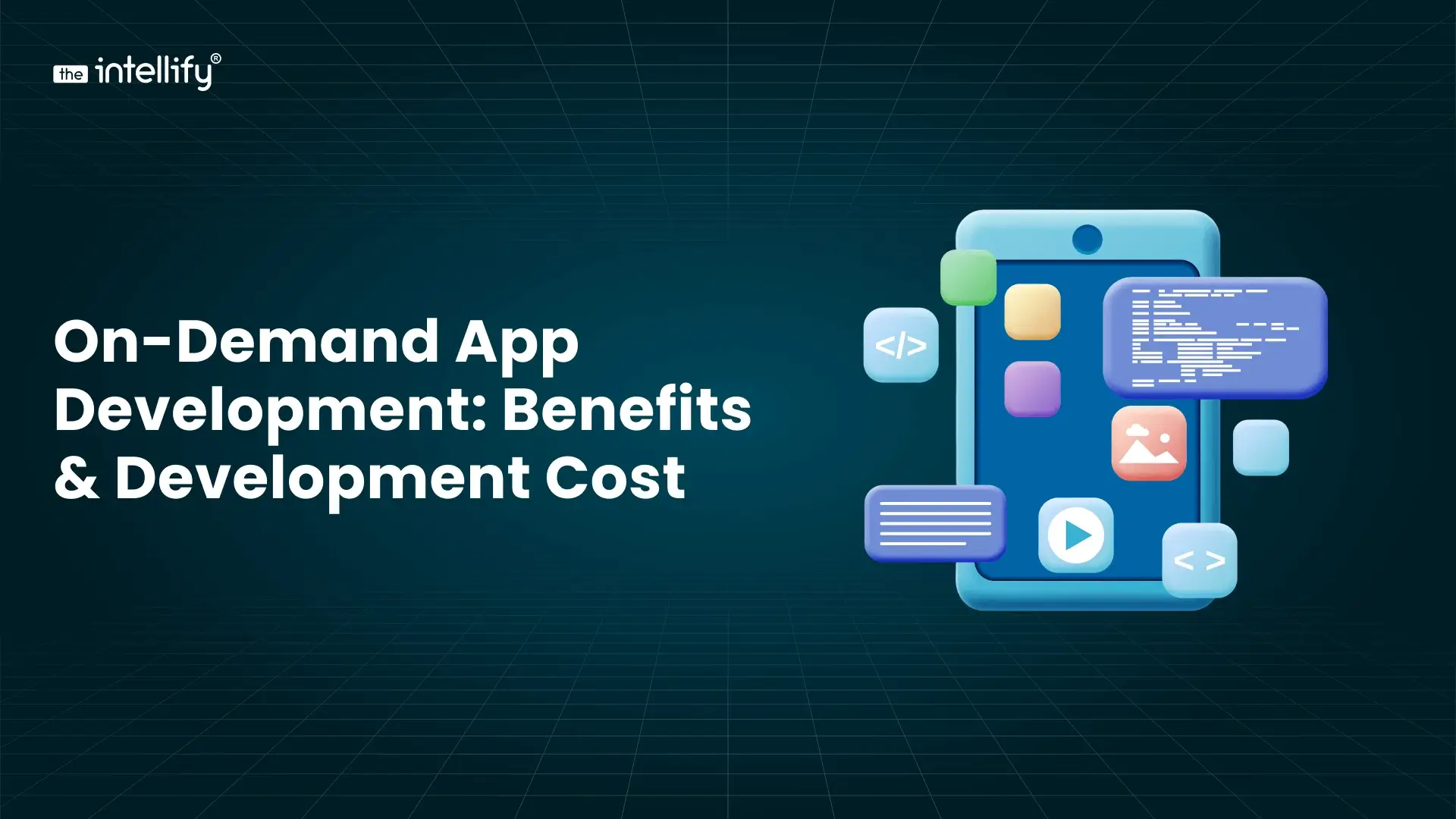
Summary
On-demand app development is transforming how businesses deliver fast and convenient services. This blog covers what on-demand apps are, their rising popularity, types, key benefits, popular examples, features, development process, and costs. Learn how an on-demand app can boost growth and enhance customer satisfaction.
In today’s fast-paced world, convenience is everything. People want services and products delivered to their doorstep quickly, and businesses are adapting to meet this need. This is where on-demand apps come into play. From booking a ride to ordering groceries or hiring a home service professional, on-demand apps have become an integral part of our daily lives.
The on-demand economy has grown rapidly, driven by smartphone penetration, internet access, and changing consumer behavior. Businesses that adopt on-demand app development can enhance customer satisfaction, expand their reach, and stay competitive in a digital-first market.
What is an On-Demand App?
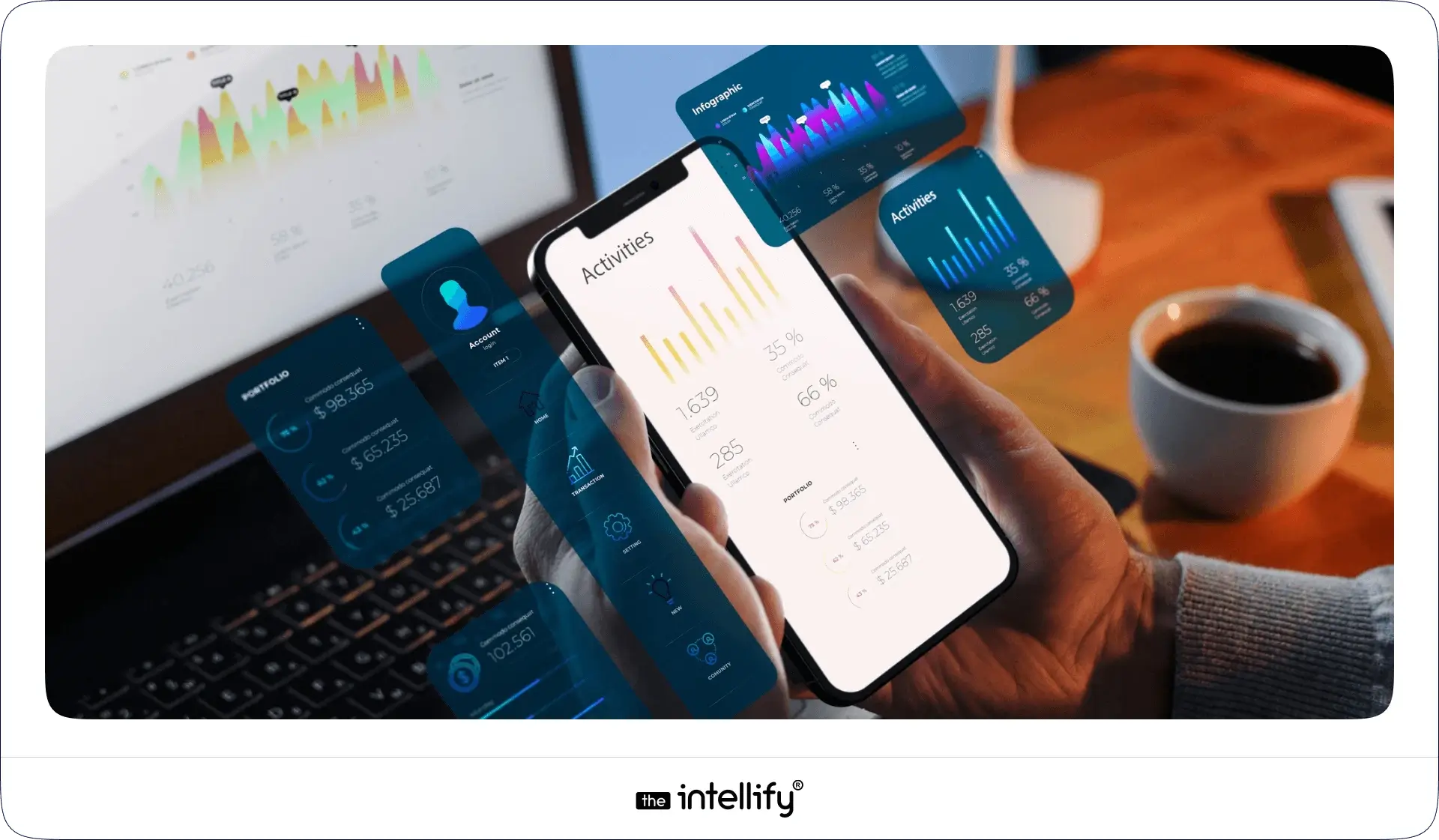
An on-demand app is a mobile or web application that connects users with services or products instantly. The main purpose of these apps is to offer immediate solutions to users’ needs, whether it’s transportation, food delivery, home services, or rentals.
Unlike traditional business models, on-demand apps focus on speed, convenience, and real-time availability, making them popular among both users and businesses.
Why the Demand for On-Demand Apps Is Rising?
The popularity of on-demand apps is skyrocketing. Here are the main reasons behind this growth:
1. Convenience for Users: Customers prefer apps that save them time and effort. From ordering food to booking a cab, everything is just a few taps away.
2. Mobile-First Behavior: Smartphones are now an essential part of life. Users expect seamless app experiences that allow them to access services on the go.
3. Faster Services: On-demand apps provide instant solutions, meeting users’ growing expectations for speed and efficiency.
4. Business Opportunities: Companies can increase revenue streams, improve customer loyalty, and track performance with analytics.
5. Market Growth: According to industry reports, the global on-demand app market is expected to grow exponentially over the next few years, covering multiple sectors like transportation, healthcare, logistics, and home services.
Different Types of On-Demand Apps
On-demand apps cater to various industries and needs. They can be categorized into the following types:
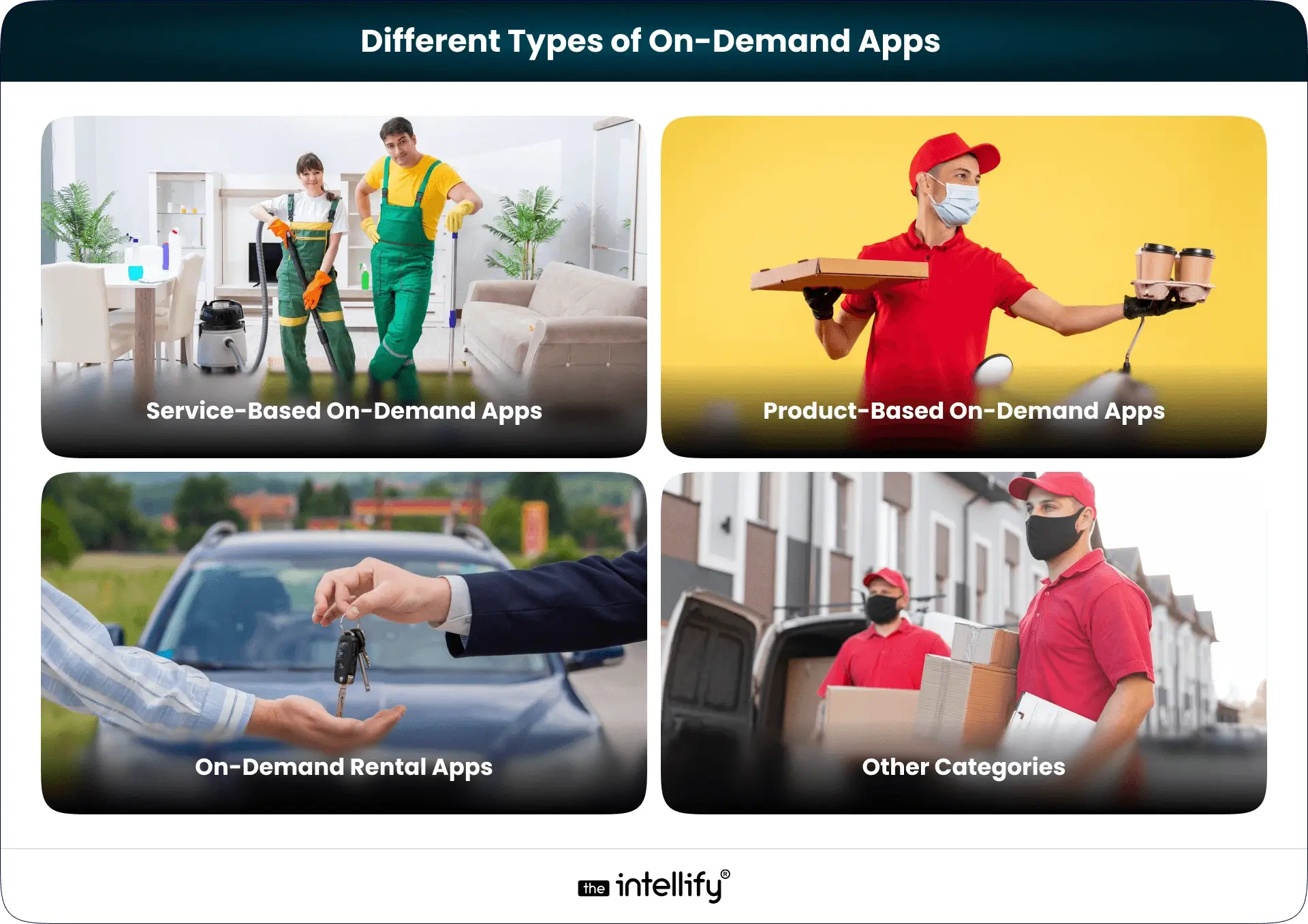
Service-Based On-Demand Apps
These apps connect users with professionals who provide services on-demand.
- Transportation Services: Apps like Uber and Lyft not only allow ride booking but also offer real-time tracking, fare estimation, and safety features.
- Home Services: Platforms like TaskRabbit and UrbanClap provide access to cleaning, plumbing, electrical work, and handyman services. They often allow customers to schedule services in advance or request immediate assistance.
- Beauty & Wellness: Apps such as Housejoy and UrbanClap let users book spa treatments, haircuts, and wellness services at home. Advanced features like live stylist profiles, ratings, and package deals enhance user experience.
- Healthcare Services: Apps like Practo or Doctor on Demand facilitate teleconsultations, appointment scheduling, and medicine delivery. These apps often integrate video consultation, online prescriptions, and health tracking features.
Product-Based On-Demand Apps
These apps focus on delivering physical products to customers quickly and efficiently.
- Food Delivery: Apps like Zomato and Swiggy provide restaurant menus, live tracking, and secure payment options. Some also include subscription models for regular users.
- Grocery Delivery: BigBasket, Instacart, and Grofers allow users to order groceries and essentials online, often within hours. Personalized recommendations and discounts enhance customer loyalty.
- E-commerce: Apps like Amazon and Flipkart provide a variety of products ranging from electronics to fashion, offering fast delivery options, product reviews, and secure payments.
On-Demand Rental Apps
These apps allow users to rent items instead of purchasing them outright, offering flexibility and cost-efficiency.
- Vehicle Rentals: Zoomcar and Revv allow short-term car rentals with options like hourly, daily, or weekly plans. Real-time booking, pick-up locations, and payment gateways are key features.
- Equipment Rentals: Rentomojo and Furlenco offer furniture, appliances, and electronics on rent, often with delivery and setup included.
- Property Rentals: Airbnb and OYO let users rent vacation homes or short-term accommodations. Features like location filters, host reviews, and secure payments enhance trust and user experience.
Other Categories
- Education: On-demand tutoring apps provide personalized learning experiences, live classes, and instant doubt resolution.
- Logistics & Delivery: Instant courier apps connect customers with local delivery services for fast shipping.
- Niche Industry Apps: Apps in fitness, pet care, or specialized services like photography or event planning cater to specific customer needs.
Benefits of On-Demand App Development
Developing an on-demand app offers numerous advantages for both businesses and customers.
Business Benefits
- Expanded Reach: Businesses can access a wider audience through mobile platforms.
- Operational Efficiency: Streamlined workflows reduce manual effort and improve service delivery.
- Revenue Growth: Increased orders and subscriptions enhance revenue.
- Data Insights: Analytics help businesses understand user behavior and optimize offerings.
Customer Benefits
- Convenience: Services and products are accessible anytime, anywhere.
- Speed: Quick booking, delivery, and service fulfillment.
- Transparency: Real-time tracking, ratings, and reviews ensure trust and satisfaction.
Popular On-Demand App Examples Across Industries
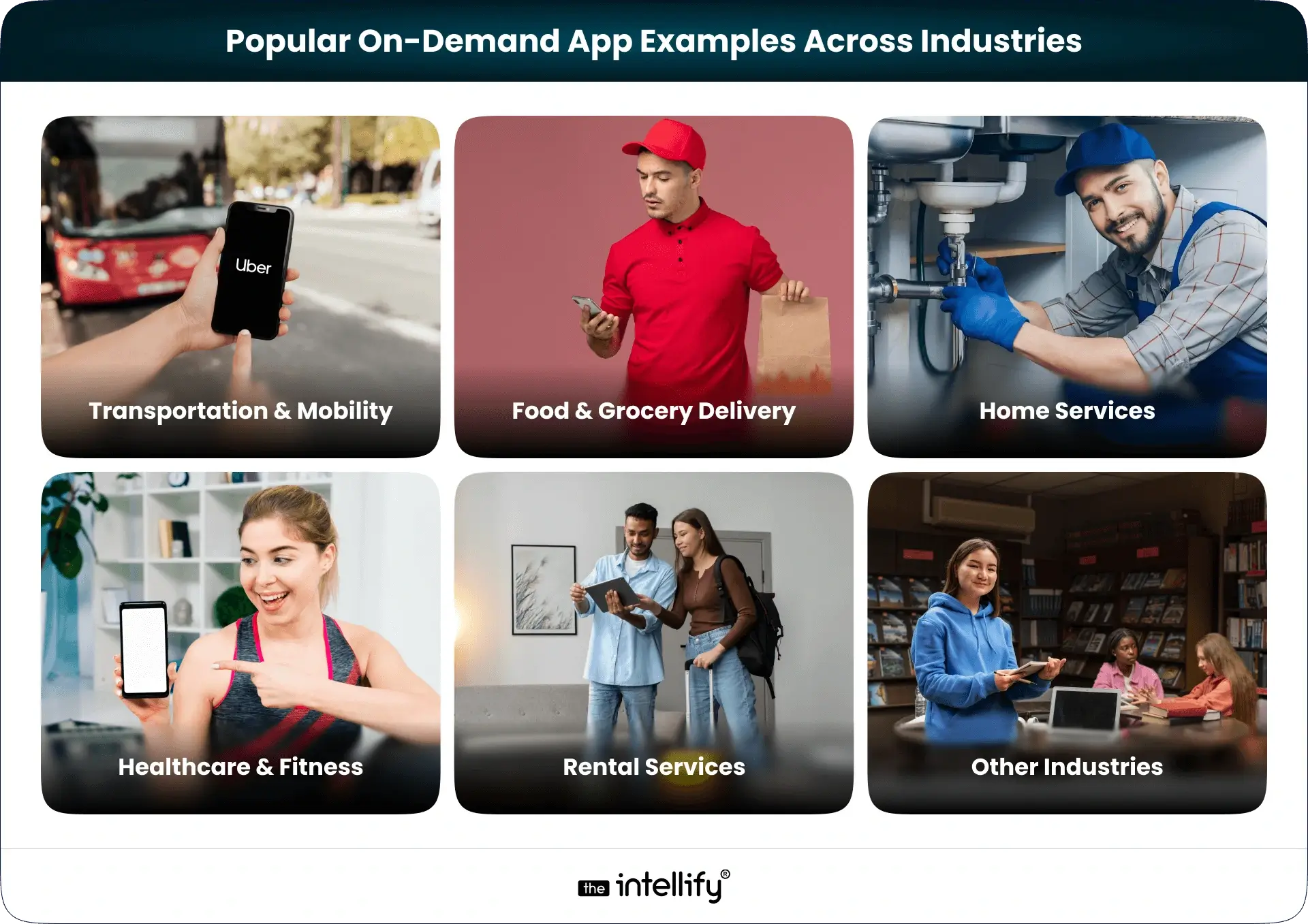
Here are some more detailed real-world examples of on-demand apps across industries:
Transportation & Mobility:
- Uber & Lyft: On-demand ride-hailing apps offering GPS tracking, fare estimation, and driver ratings.
- Bolt & Grab: Focus on regional markets with both car and scooter rides.
Food & Grocery Delivery:
- Zomato & Swiggy: Offer quick meal delivery with real-time tracking and offers.
- Instacart & BigBasket: Grocery delivery apps providing fast, scheduled deliveries with product recommendations.
Home Services:
- TaskRabbit & UrbanClap: Connect customers with professionals for plumbing, repairs, cleaning, or installation.
Healthcare & Fitness:
- Practo & Doctor on Demand: Telemedicine apps with appointment scheduling, prescriptions, and health tracking.
- Cure.fit & MyFitnessPal: Fitness apps offering personalized workouts, diet plans, and on-demand coaching.
Rental Services:
- Airbnb & OYO: Short-term property rentals with customer reviews, location filters, and secure payment.
- Zoomcar & Rentomojo: Vehicle and equipment rental apps offering hourly, daily, or weekly rental options.
Other Industries:
- Udemy & Byju’s: On-demand education apps with courses, live sessions, and certifications.
- PetBacker: On-demand pet care services including grooming and sitting.
These apps have transformed their respective industries, demonstrating the potential of on-demand app development.
Key Features of On-Demand Applications
A successful on-demand app combines features that ensure seamless interaction for both customers and service providers.
For Customers
- User Registration & Profiles: Quick sign-up with social login options.
- Search & Filters: Users can easily find services or products by category, location, or rating.
- Booking & Scheduling: Real-time booking with options for immediate or scheduled service.
- Payment Options: Multiple gateways like credit/debit cards, wallets, UPI, or cash.
- Tracking & Notifications: Real-time tracking of services, orders, or deliveries with push notifications.
- Ratings & Reviews: Customers can rate service providers and leave feedback for quality assurance.
- Loyalty & Rewards: Points, discounts, or referral programs to enhance retention.
For Service Providers
- Profile & Service Management: Manage availability, pricing, and service details.
- Order & Booking Management: Accept, reject, or schedule service requests efficiently.
- Payment & Earnings Tracking: Monitor income, payment history, and invoices.
- Customer Interaction: Messaging, notifications, and support features for better engagement.
- Analytics & Reports: Insights into performance, customer feedback, and revenue trends.
Step-by-Step Process of On-Demand App Development
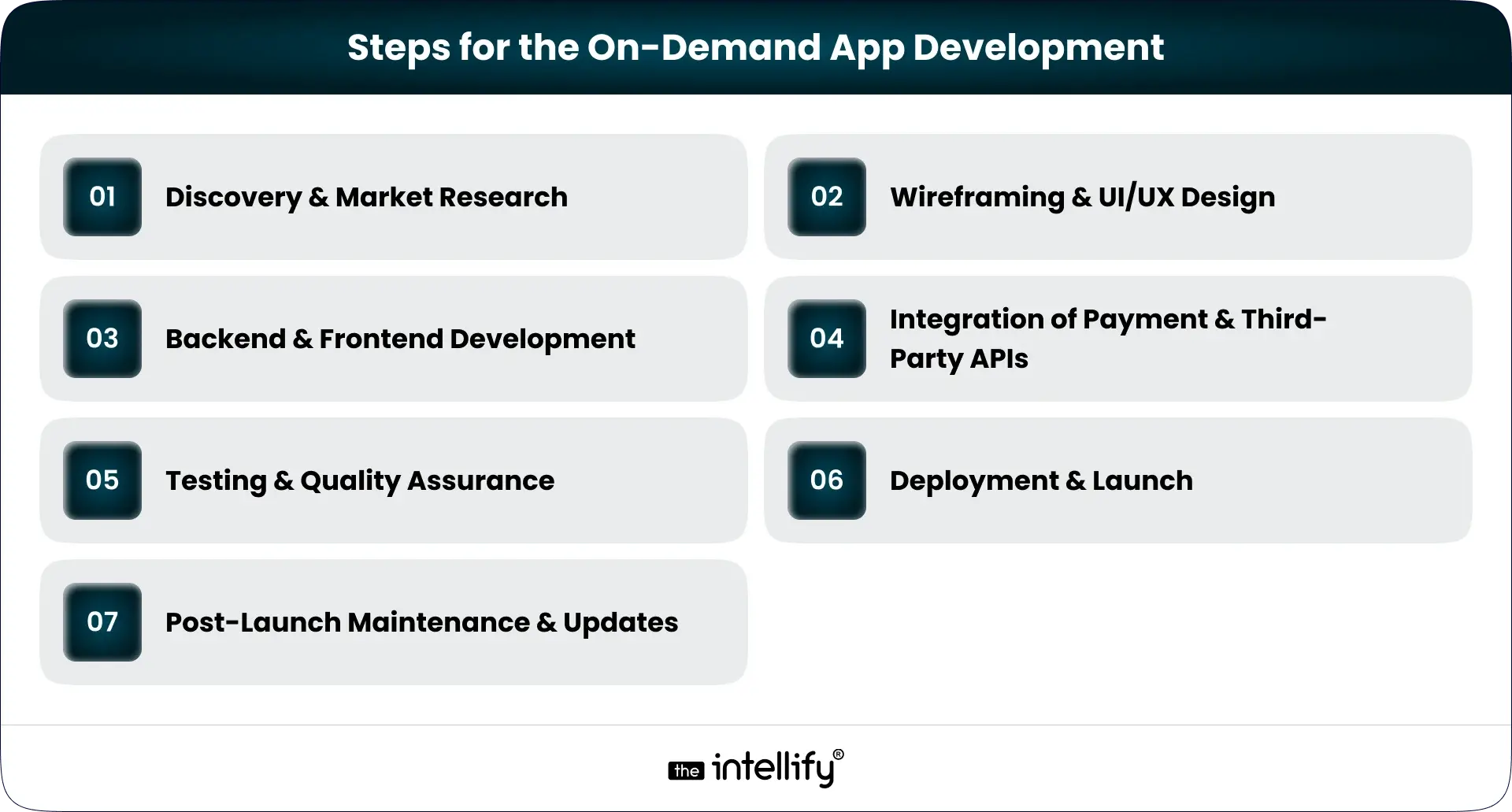
Developing an on-demand app involves several steps:
1. Discovery & Market Research:
- Analyze competitors, target audience, and market trends.
- Define app goals and unique value proposition.
2. Wireframing & UI/UX Design:
- Create visual representations of the app’s structure.
- Focus on intuitive navigation, engaging design, and responsiveness.
3. Backend & Frontend Development:
- Develop server-side functionalities and database architecture.
- Build the app’s user interface with responsive design for multiple devices.
4. Integration of Payment & Third-Party APIs:
- Integrate secure payment gateways, maps, chat, or notification services.
- Ensure smooth communication between app and server.
5. Testing & Quality Assurance:
- Perform functional, usability, security, and performance testing.
- Identify and fix bugs before deployment.
6. Deployment & Launch:
- Publish the app on App Store, Google Play, or web platforms.
- Monitor initial user engagement and reviews.
7. Post-Launch Maintenance & Updates:
- Regular updates to add features, enhance performance, and fix issues.
- Track analytics to optimize user experience and retention.
Cost to Build an On-Demand Application
The cost of an on-demand app varies based on complexity, platform, features, and design. Here’s a detailed breakdown:
1. App Complexity:
- Basic App: Essential features like registration, search, booking, and payment.
- Medium Complexity App: Adds tracking, push notifications, reviews, and analytics.
- Advanced App: Includes AI recommendations, chatbots, real-time analytics, and multi-platform support.
2. Platform Selection: iOS, Android, or cross-platform affects cost.
3. Design & UI/UX: Custom interactive designs cost more than templates.
4. Backend Development: Robust server, database, and APIs impact budget.
5. Third-Party Integrations: Payment gateways, maps, and chat services may incur additional costs.
Approximate Costs:
- Basic App: $10,000 – $25,000
- Medium Complexity App: $25,000 – $50,000
- Advanced App: $50,000+
Investing in a well-built app ensures long-term growth, ROI, and customer satisfaction.
How The Intellify Can Help You With On-Demand App Development
At The Intellify, we specialize in end-to-end on-demand mobile app development across industries. From ideation and design to development and deployment, we ensure your app is scalable, secure, and user-friendly.
Why Choose Us?
- Expertise in multiple industries and app categories
- Custom solutions tailored to business needs
- Proven track record of successful app launches
Conclusion
On-demand apps have revolutionized the way we access services and products, offering convenience, speed, and efficiency. Businesses that embrace this model can expand their reach, increase revenue, and enhance customer satisfaction.
Investing in a professional on-demand app development solution like The Intellify ensures your business stays competitive in the rapidly growing digital landscape.
Start your on-demand app journey today and take your business to the next level.
Frequently Asked Questions (FAQs)
1. What is an on-demand app?
An on-demand app is a mobile or web application that allows users to instantly access services or products. It connects customers with businesses or service providers in real-time, offering convenience, speed, and seamless user experience. Examples include ride-hailing apps like Uber, food delivery apps like Zomato, and home service apps like UrbanClap.
2. Why are on-demand apps becoming so popular?
On-demand apps are gaining popularity because they save time and simplify everyday tasks. Users can request services or products instantly, track deliveries in real-time, and make secure payments through the app. For businesses, these apps provide a direct channel to reach customers, boost engagement, and grow revenue.
3. What are the different types of on-demand apps?
On-demand apps are generally classified into:
- Service-Based Apps: Like cleaning, repairs, beauty, and healthcare services.
- Product-Based Apps: Such as food delivery, groceries, and e-commerce.
- Rental Apps: For vehicles, equipment, or property rentals.
Each type caters to a specific audience and helps businesses fulfill real-time customer needs efficiently.
4. What are the key benefits of developing an on-demand app?
Developing an on-demand app provides multiple advantages:
- Enhanced Customer Experience: Quick access to products or services.
- Business Growth: Reach more users and increase revenue streams.
- Operational Efficiency: Streamlined processes for service providers.
- Transparency & Tracking: Real-time updates and ratings boost trust.
5. Can you provide examples of popular on-demand apps?
Yes, several apps have become benchmarks in their industries:
- Uber & Lyft: Ride-hailing services.
- Zomato & Swiggy: Food delivery.
- Airbnb: Short-term property rentals.
- Zoomcar: Vehicle rentals.
- UrbanClap: Home services like plumbing, cleaning, and repairs.
These apps highlight the diverse possibilities in the on-demand sector.
6. What features should an on-demand app have?
Essential features include:
- User Profiles & Registration: For personalization.
- Search & Filters: Find products or services easily.
- Booking & Scheduling: Real-time and future appointments.
- Secure Payment Options: Credit/debit cards, wallets, UPI.
- Real-Time Tracking: Know the status of orders or services.
- Ratings & Reviews: Ensure quality and customer trust.
These features create a seamless experience for both users and service providers.
7. How can The Intellify assist in developing my on-demand app?
The Intellify specializes in custom on-demand app development. We guide businesses through idea validation, design, development, testing, and launch. Our team ensures your app is scalable, secure, and user-friendly, helping you meet customer expectations and achieve business growth.

Written By, Jalaj Shah
The COO and Co-Founder of The Intellify. Jalaj enjoys experimenting with new strategies. His posts are fantastic for businesses seeking innovative development ideas. Discover practical insights from his engaging content.
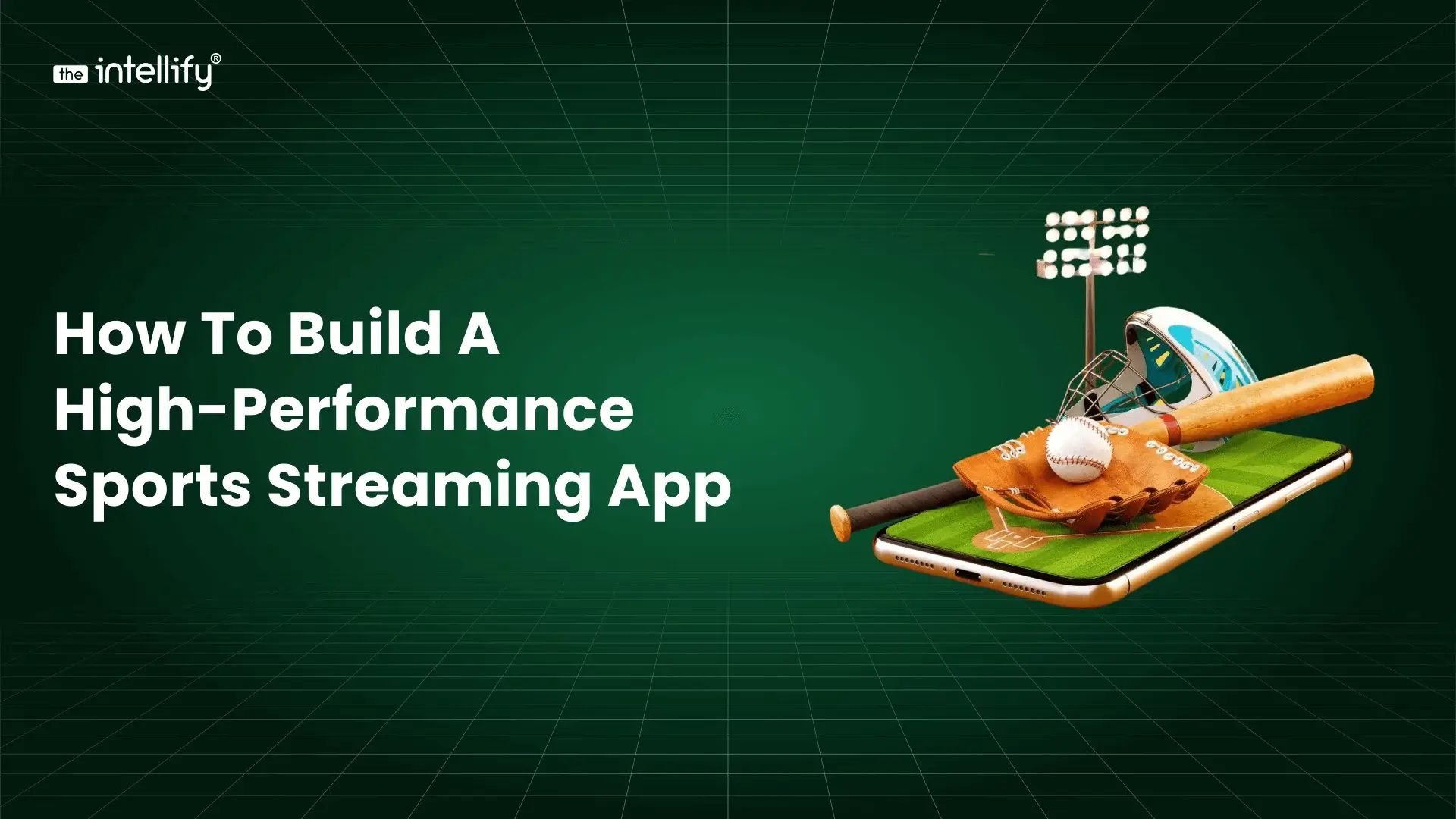

How to Build a High-Performance Sports Streaming App
Summary: This blog provides a clear overview of how to build a sports streaming app, including essential features, advanced capabilities, tech architecture, cost breakdowns, and the full development roadmap. It also covers monetization options, performance challenges, and what makes a streaming experience successful. If you’re exploring sports streaming app development, this guide helps you understand […]
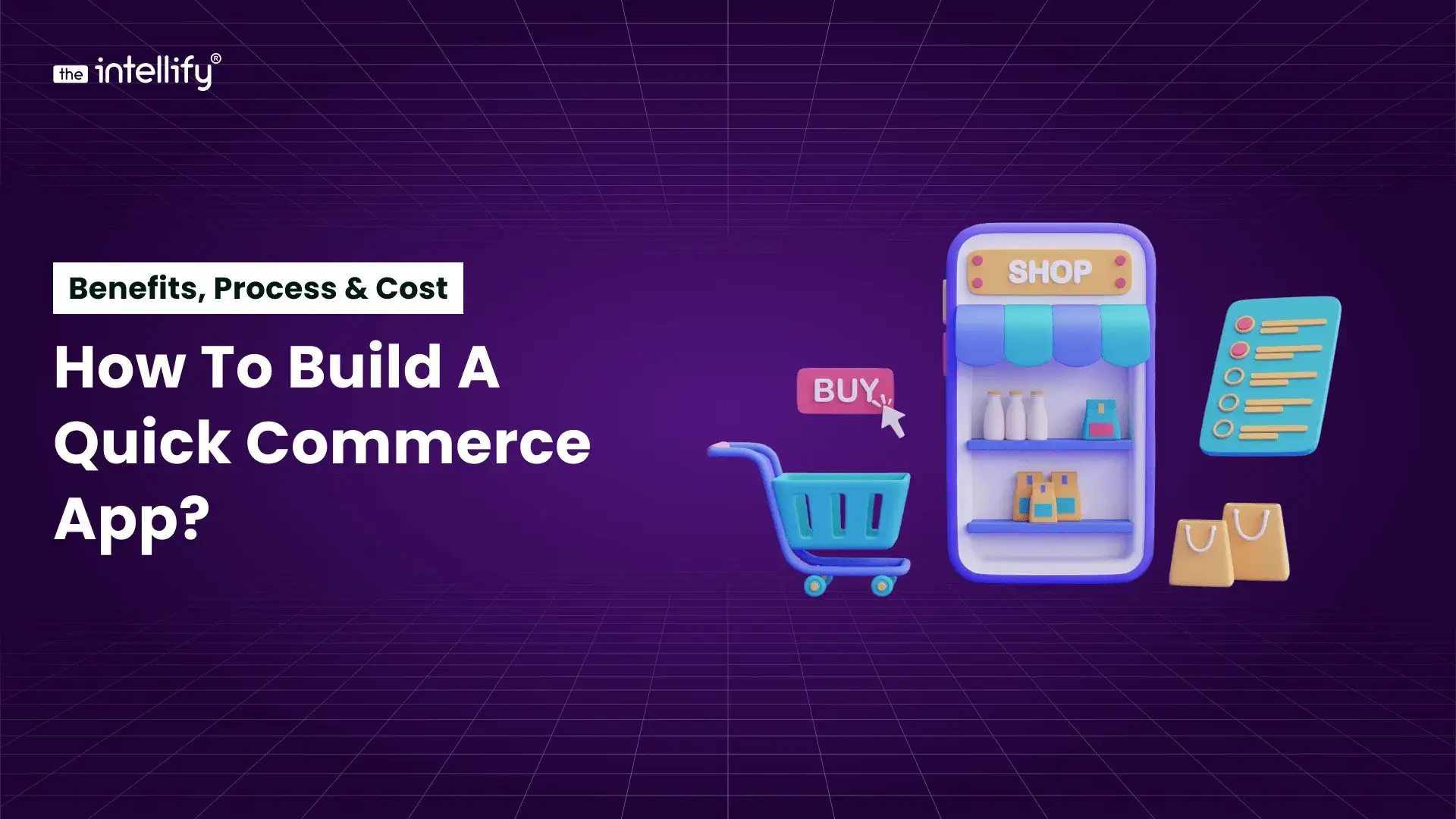

How to Build a Quick Commerce App? Benefits, Process & Cost Guide
Summary: This blog explains how quick commerce works and why it’s becoming the preferred way to deliver essentials within minutes. It covers dark stores, business models, benefits, AI’s role, and a complete step-by-step guide to building a Q-commerce app. You’ll also find cost insights, key challenges, and future trends to help you plan, launch, or […]
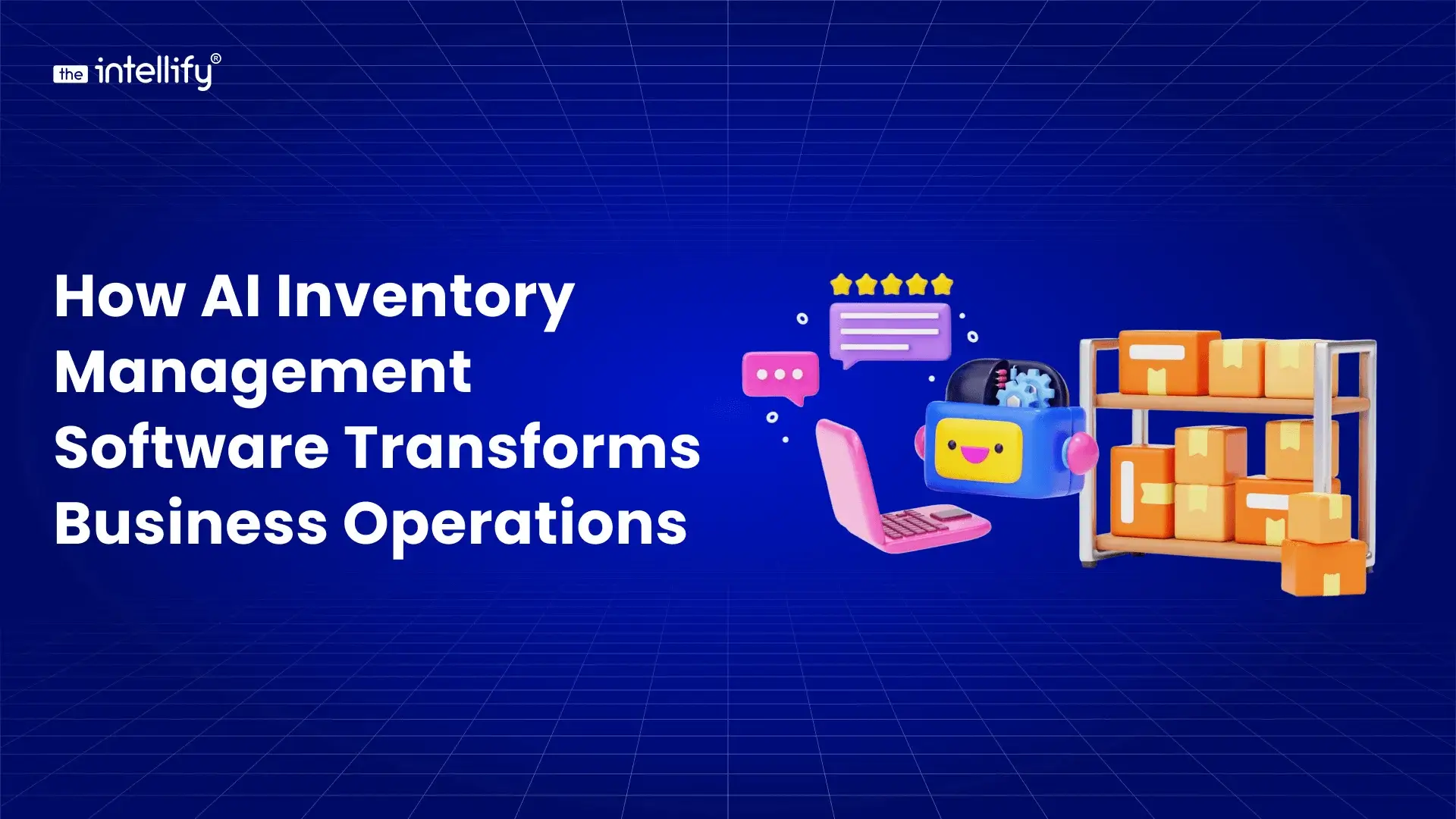

How AI Inventory Management Software Transforms Business Operations
Summary: AI inventory management software is reshaping how businesses handle stock, forecasting, and daily operations. Instead of relying on guesswork or outdated spreadsheets, AI helps companies track inventory in real time, spot trends early, and prevent stockouts or excess stock. This blog explains how AI improves accuracy, lowers costs, and boosts overall efficiency across retail, […]


How AI Inventory Management Software Transforms Business Operations
Summary: AI inventory management software is reshaping how businesses handle stock, forecasting, and daily operations. Instead of relying on guesswork or outdated spreadsheets, AI helps companies track inventory in real time, spot trends early, and prevent stockouts or excess stock. This blog explains how AI improves accuracy, lowers costs, and boosts overall efficiency across retail, […]
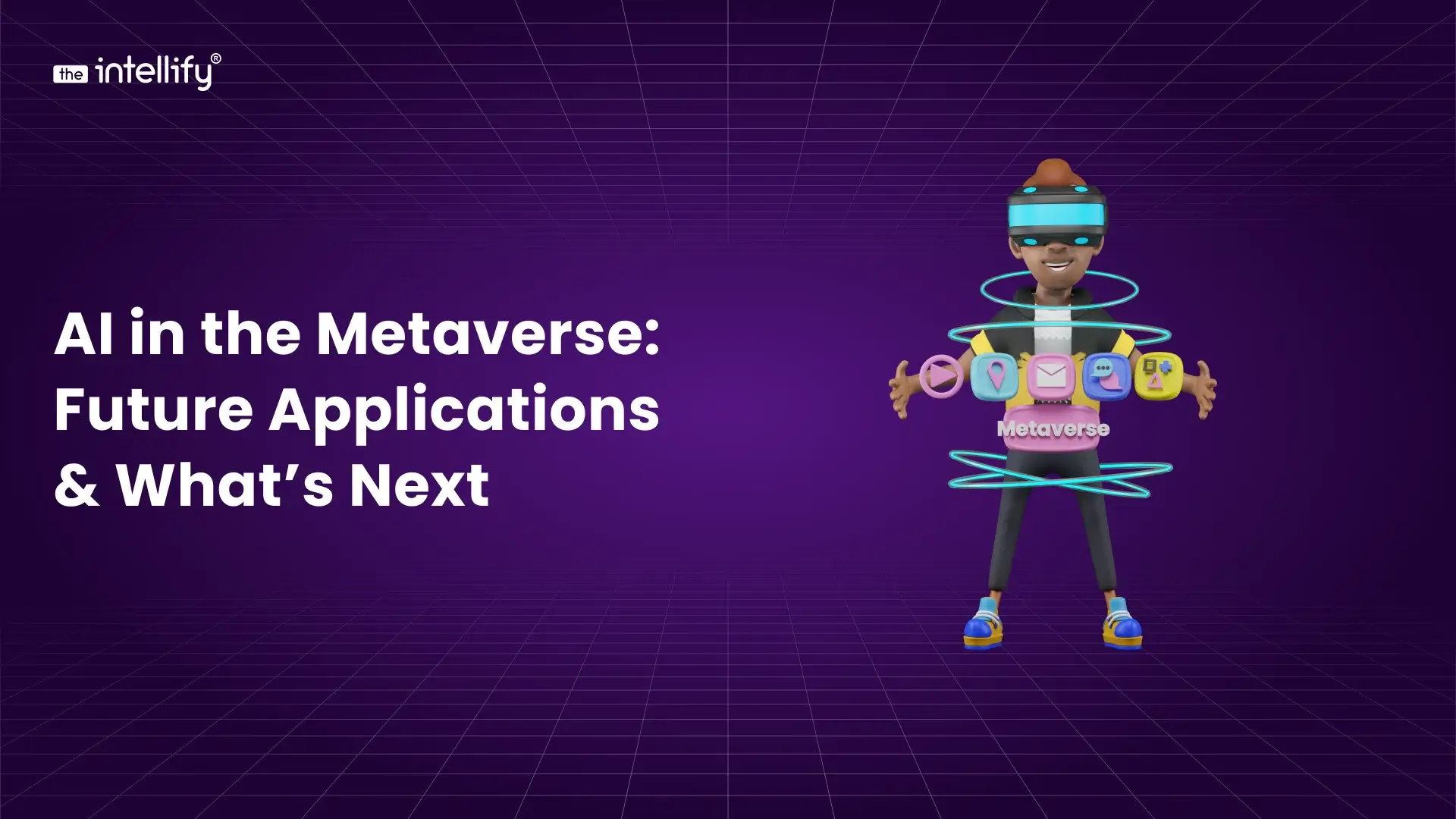

AI in the Metaverse: Future Applications & What’s Next
Summary: This blog explores how AI in the metaverse is slowly reshaping the way we interact with digital spaces. It breaks down how AI personalizes virtual worlds, improves navigation, and makes avatars, environments, and conversations feel more lifelike. You’ll also find practical tips on getting started, plus a look at what the future may hold […]


How to Build an AI-Powered Marketplace App: Development Guide
Summary: Building an AI-powered marketplace app isn’t just about coding it’s about crafting a smarter buying and selling experience. This guide breaks down everything from research and design to choosing the right tech stack, integrating AI tools, and launching successfully. Learn how personalization, chatbots, and analytics can set your marketplace apart and future-proof your business […]
0
+0
+0
+0
+Committed Delivery Leads To Client Satisfaction
Client Testimonials that keep our expert's spirits highly motivated to deliver extraordinary solutions.


Case Study

















